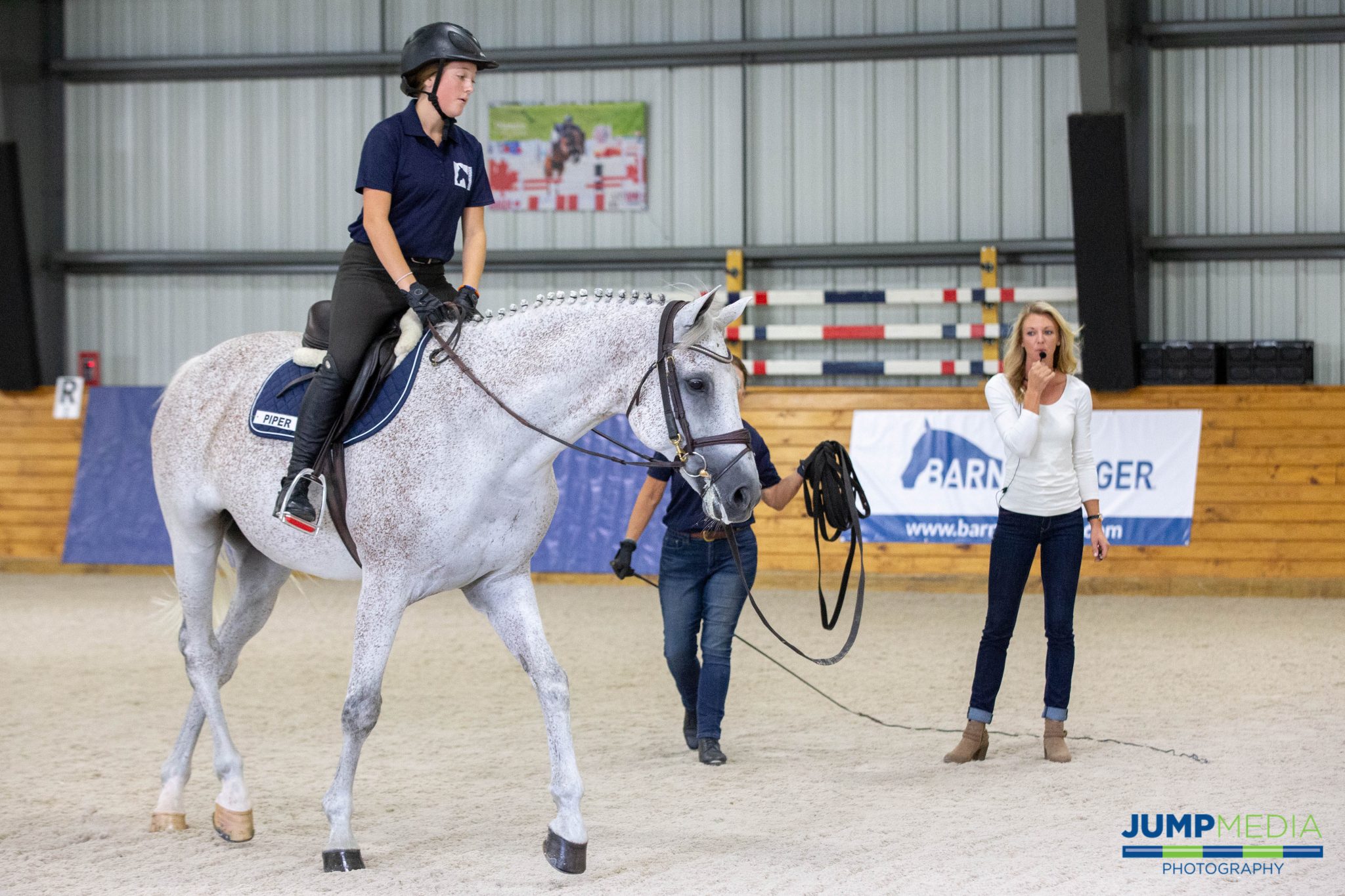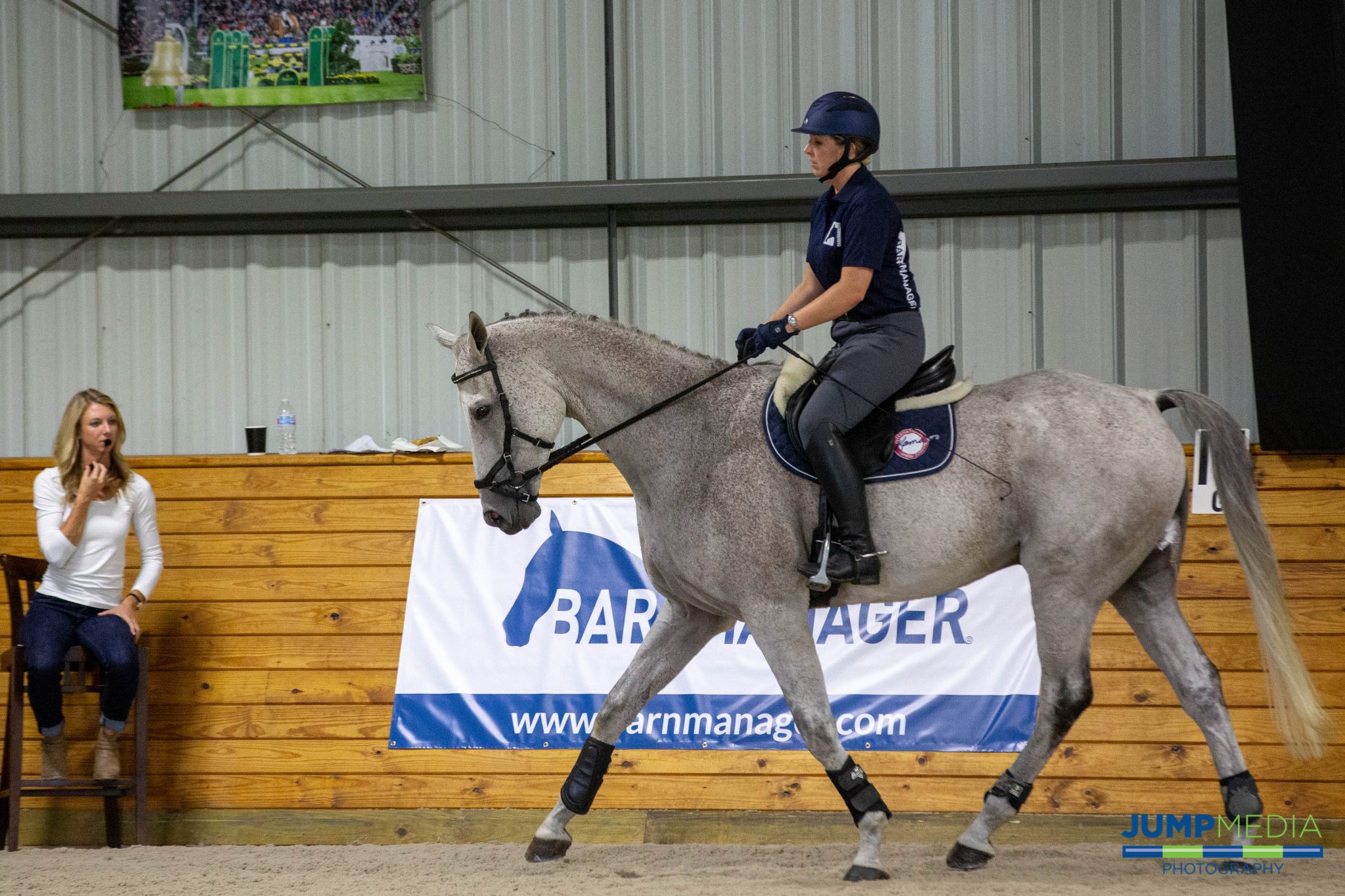Visit the Sisters Horsing Around channel on YouTube, and select any of the videos.
Within 30 seconds, it’s easy to see why our BarnManager team enjoyed meeting sisters Emily, 21, and Sarah Harris, 15, in August 2018 at the Laura Graves “Dressage for Jumping” clinic, presented by BarnManager and the Washington International Horse Show (WIHS); their kind, appreciative, and enthusiastic personalities are contagious!
It’s those personalities, the sisters’ YouTube channel, and the clinics put on by BarnManager and WIHS that – eight months later – led to what Emily Harris said was the “best weekend of her life” with Stacia Klein Madden at Beacon Hill Show Stables.
Before we get to that though, let’s backtrack to the Laura Graves clinic. Emily, Sarah, and their mom, Julie Harris, made the three-and-a-half-hour trip from their hometown in Altavista, VA, to the Aldie, VA, clinic, and it’s there that they also met WIHS president Vicki Lowell.
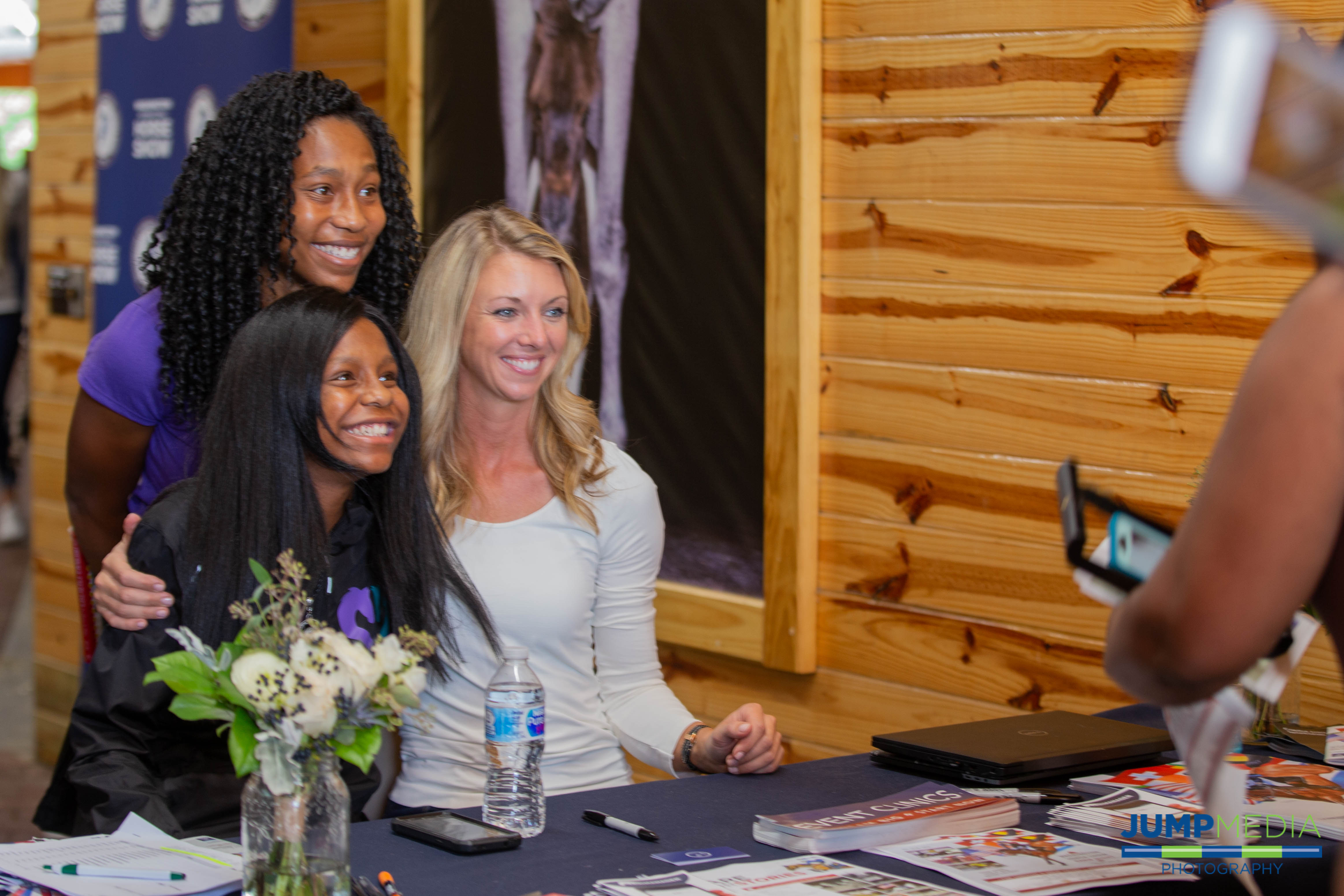 The Sisters Horsing Around, Emily and Sarah Harris meeting Laura Graves at the 2018 Laura Graves “Dressage for Jumping” clinic, presented by BarnManager and the Washington International Horse Show (WIHS). Photo by Jump Media
The Sisters Horsing Around, Emily and Sarah Harris meeting Laura Graves at the 2018 Laura Graves “Dressage for Jumping” clinic, presented by BarnManager and the Washington International Horse Show (WIHS). Photo by Jump Media
Like our BarnManager team, Lowell was extremely impressed by the girls, and, after watching some of their YouTube videos, invited them to attend WIHS in the heart of Washington, D.C. that November. (You can watch video from their WIHS trip here!)
It was at WIHS 2018 that the girls learned the clinician for the 2019 WIHS Barn Night clinic, presented by BarnManager, would be renowned trainer Stacia Klein Madden, and let’s just say, they were pretty excited! (But, you don’t have to take our word for it…watch here!)
The Harris sisters knew they didn’t want to miss it, so they again made the drive – this time about four hours to Mount Airy, MD – to audit the clinic with Madden. (Read more about that clinic in our coverage here.)
“I was so star struck and speechless!” said Emily Harris of meeting Madden, who she and Sarah had also watched in replays of the Animal Planet series “Horse Power: Road to the Maclay.” “I don’t generally get to the point that I cannot speak, but I was just so happy and overly excited and so joyful to be there that I could not speak!”
Emily Harris did find words to say to Madden before the end of the clinic, eventually speaking with her and getting her autograph before leaving, and after attending the clinic, Emily and Sarah Harris made and posted a video, in which they tagged Madden.
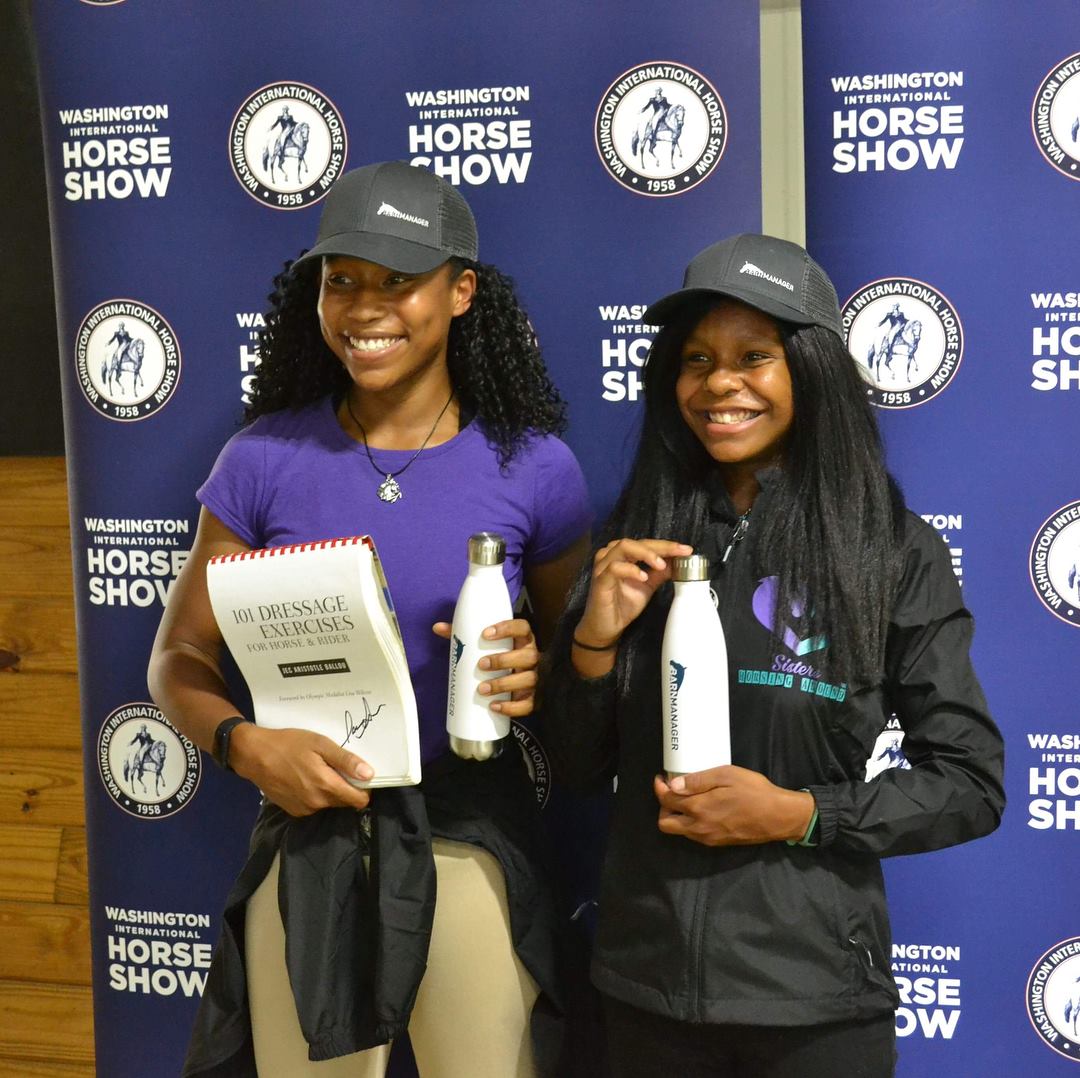 Emily and Sarah Harris sporting their BarnManager hats and water bottles! Photo via Sisters Horsing Around
Emily and Sarah Harris sporting their BarnManager hats and water bottles! Photo via Sisters Horsing Around
Madden saw both that video and the previous video the Sisters Horsing Around had made sharing their enthusiasm over her being the WIHS/BarnManager clinician, and she invited the girls to bring their own horses to Beacon Hill Show Stables in Colts Neck, NJ, for a weekend!
Emily and Sarah Harris could not believe Madden’s generosity, and quickly took her up on the incredible offer, this time making their longest drive yet – seven and a half hours – to bring their horses, Stella and Dancing Shadow, to New Jersey.
“We got there Friday, and the stalls were all set,” said Emily Harris. “It was so nice of them to have the hay and water and shavings all ready for us when we got there, and they had their names on the stalls which was so nice!”
Sarah Harris added, “It was amazing! It was in such pristine condition and order. Everything had its place, and everything was taken care of down to the tiniest detail. Everything was so nice, and everyone was just super nice and friendly.”
At home, Emily and Sarah Harris are members of the Roanoke Valley Pony Club and enjoy cross-training their horses, incorporating jumping, flatwork, dressage, and even some Western riding, but at Beacon Hill, they had the chance to really zero in on their hunt seat flatwork and jumping.
On Saturday morning, Emily and Sarah Harris helped as jump crew while taking in several Beacon Hill students’ lessons before getting on their own horses for their first lesson with Madden.
“The way that she explained things was amazing,” said Emily Harris of Madden’s teaching style. “I have trouble keeping my heels down because my ankles actually are very stiff, and she was able to set right my previous thought on how to get your heels down. I always thought that when you get your heels down, your calf stretching is a result of your heels going down, but it’s actually the opposite. Your heels going down is the result of your calf stretching.”
After enjoying a dinner near the beach with Madden on Saturday night, Emily and Sarah were back in the saddle on Sunday, this time first taking a flat lesson on two Beacon Hill mounts.
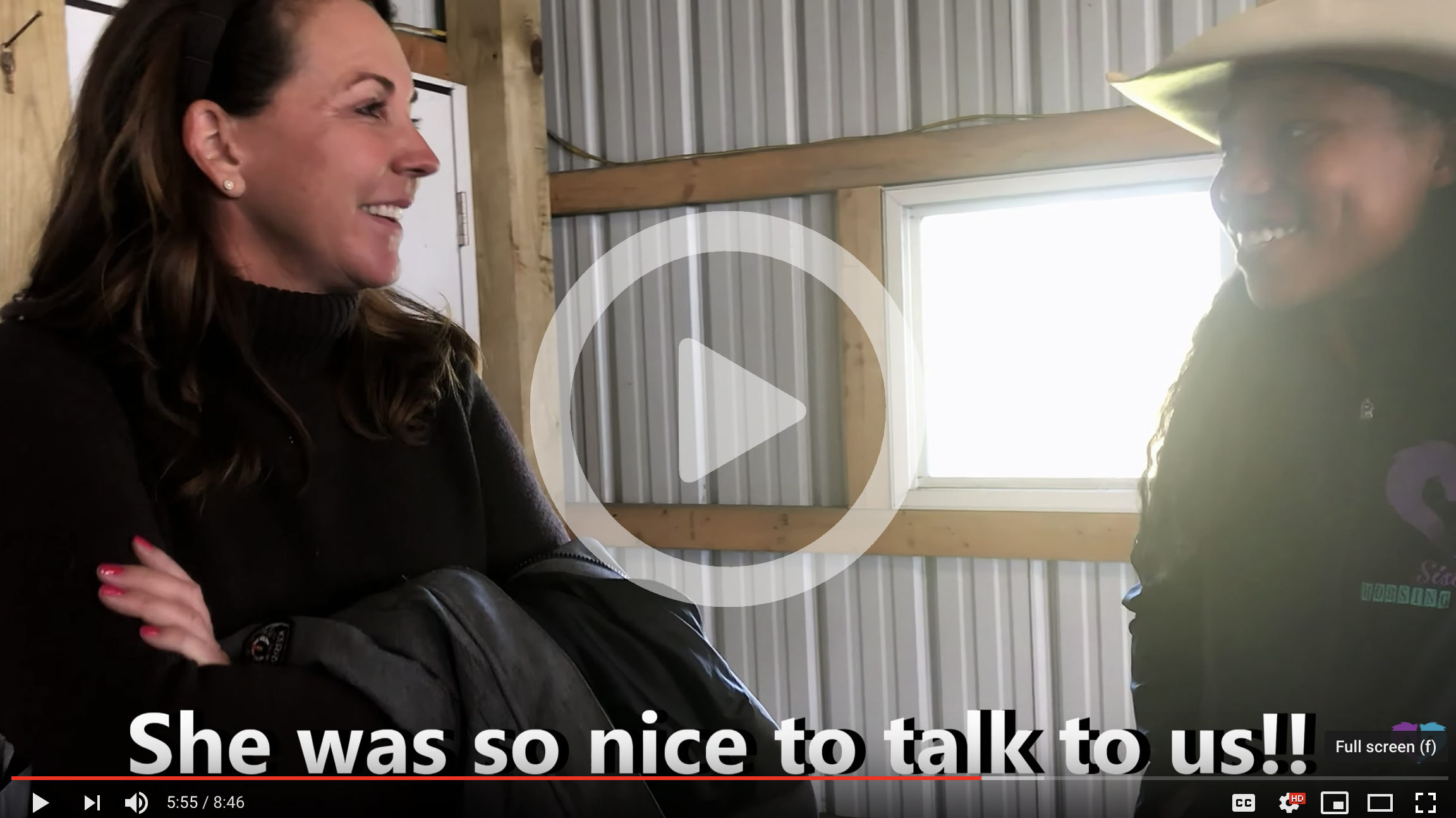 Click to watch Emily and Sarah Harris’s video from the Stacia Klein Madden clinic!
Click to watch Emily and Sarah Harris’s video from the Stacia Klein Madden clinic!
“Every time I think of that, I’m reliving the moment all over again,” said Emily Harris, who has been riding for about four years, as has her sister.
“They rode so nicely, and they were so well-behaved and everything,” said Sarah Harris.
Following their first lesson of the day, Emily and Sarah Harris enjoyed a trail ride with some of the Beacon Hill students before another lesson with Madden on their own horses.
“She was able to enlighten us further on previous things that we had learned and teach us even more,” said Emily Harris. “We brought back a lot of new things, a lot of new techniques and ways to better help our horses. That was amazing.”
Emily and Sarah Harris not only brought home new lessons when they left on Sunday, they brought home lasting gifts.
“WIHS had heard that we were going there, and they sent us a t-shirt and saddle pads which was really amazing! They were so nice to send us those things,” said Emily Harris.
“Then one of the students there gave us some of her older pony’s tack as a present for when we went home! That was so special,” added Sarah Harris.
“The people were just so nice,” continued Emily Harris. “Down south, there’s southern hospitality where everyone is really nice to each other; being there at Beacon Hill it felt like we didn’t leave home. It was like having that southern hospitality up there. Everybody was so nice and so friendly and welcoming, and the hospitality was just great.
“That was the best weekend of my life!” concluded Emily Harris. “That was better than in our wildest dreams. I’m still in shock at how amazing that was.”
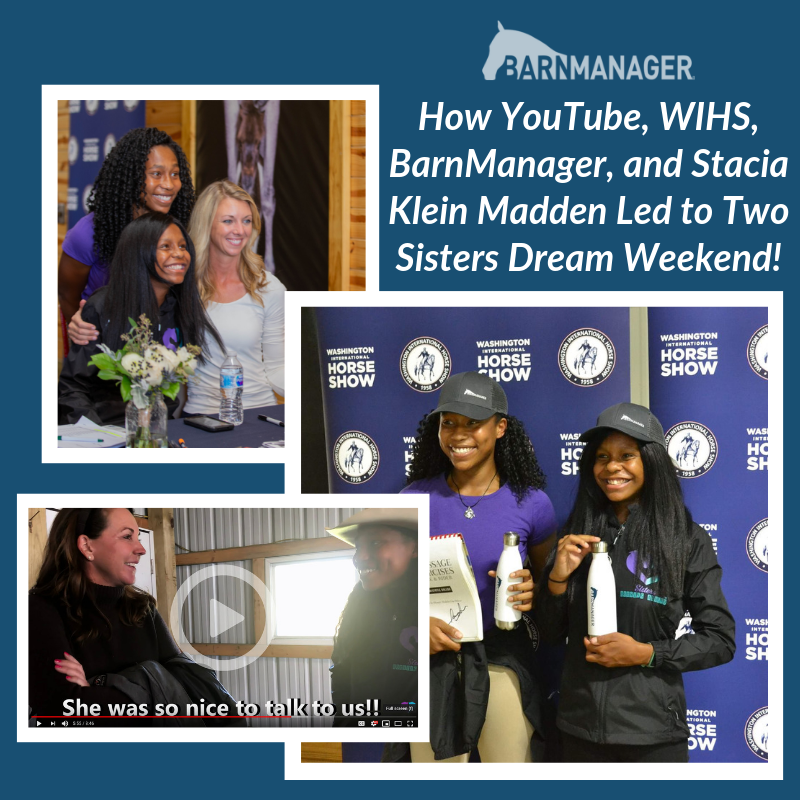
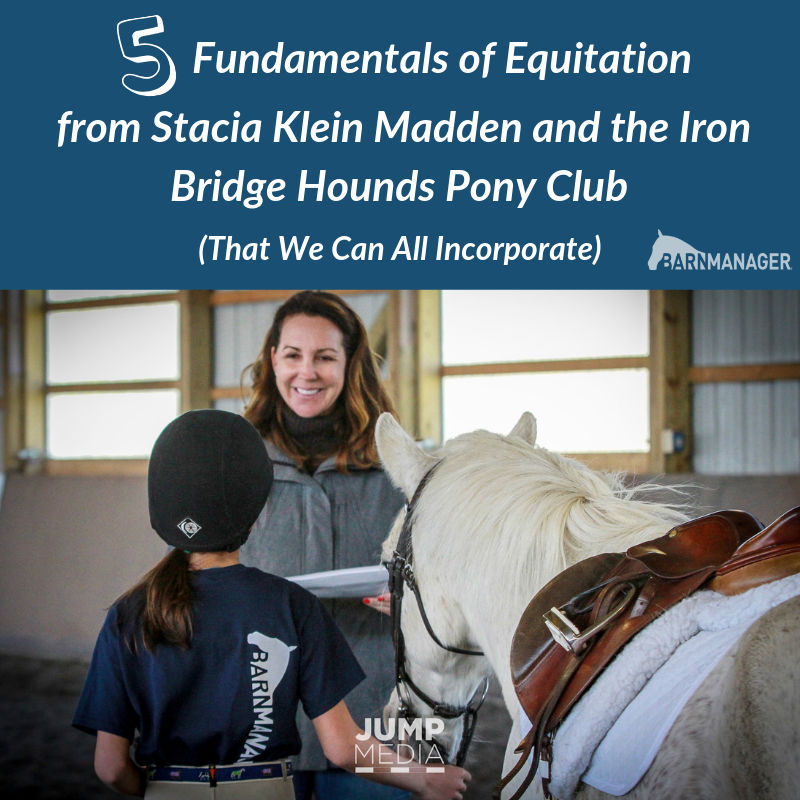
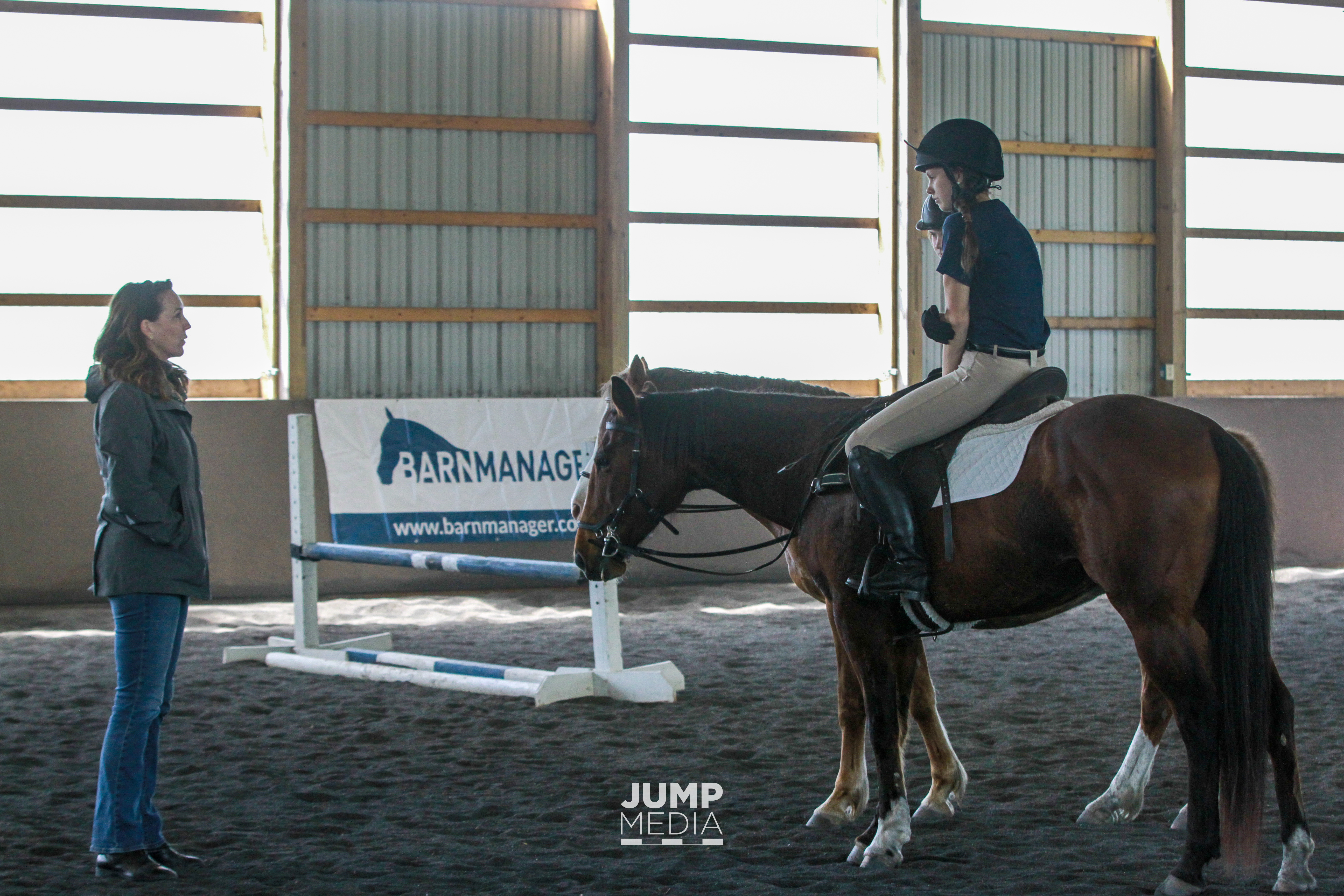
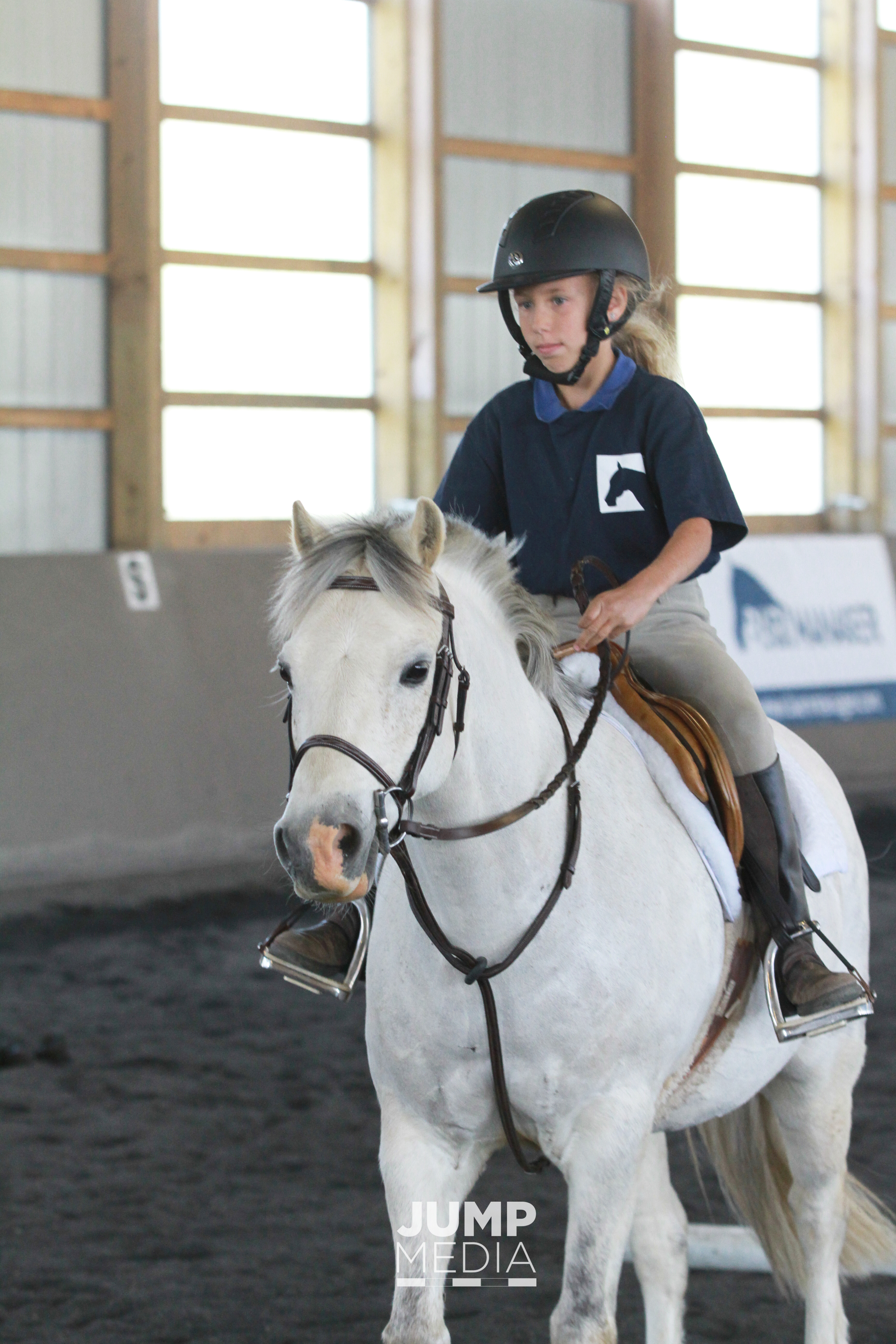
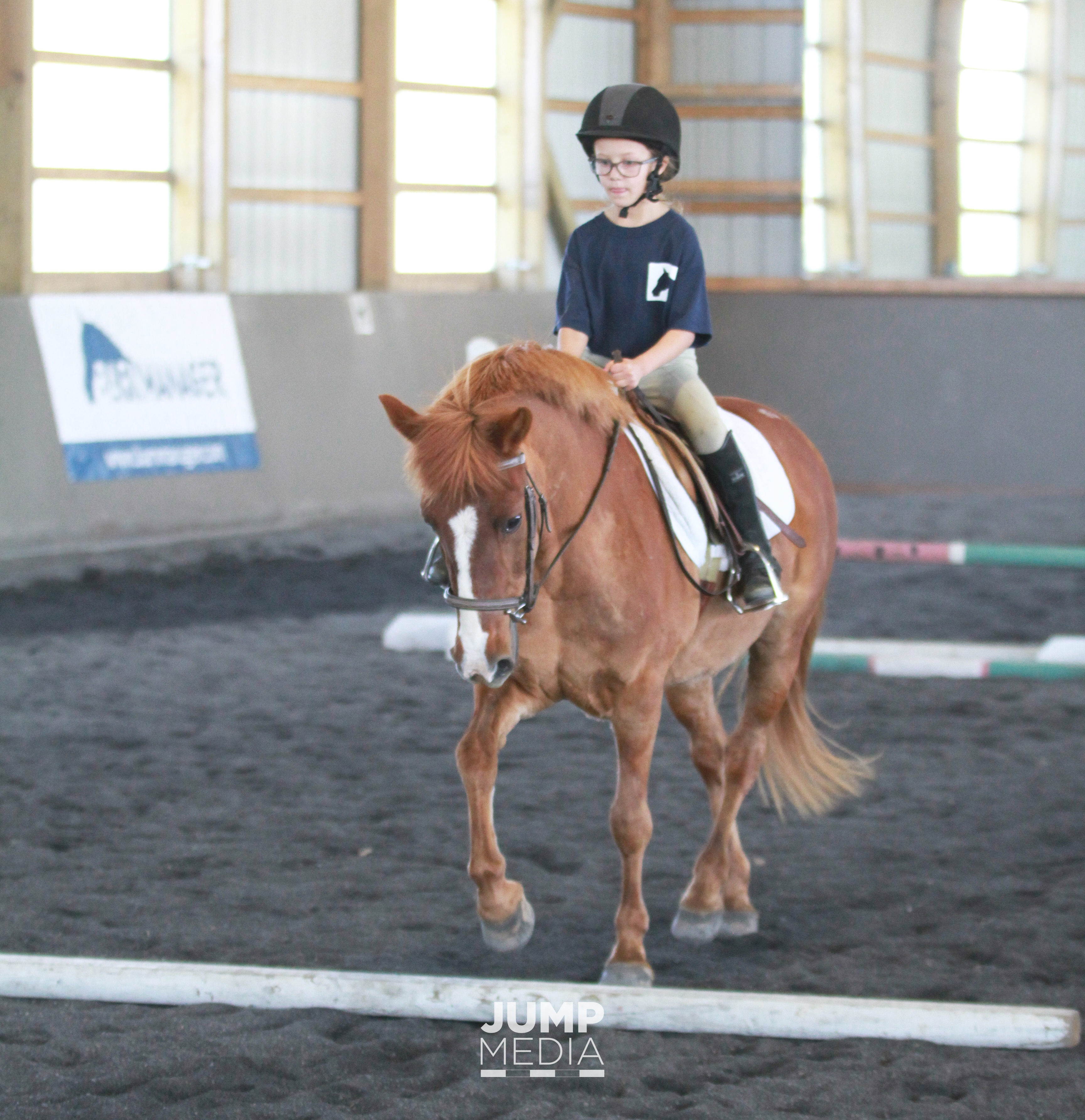 Madden incorporated rails on the ground before jumping for each one of the groups. “You can get a lot done with rails on the ground. You want your horse to have a long, healthy career,” she said.
Madden incorporated rails on the ground before jumping for each one of the groups. “You can get a lot done with rails on the ground. You want your horse to have a long, healthy career,” she said.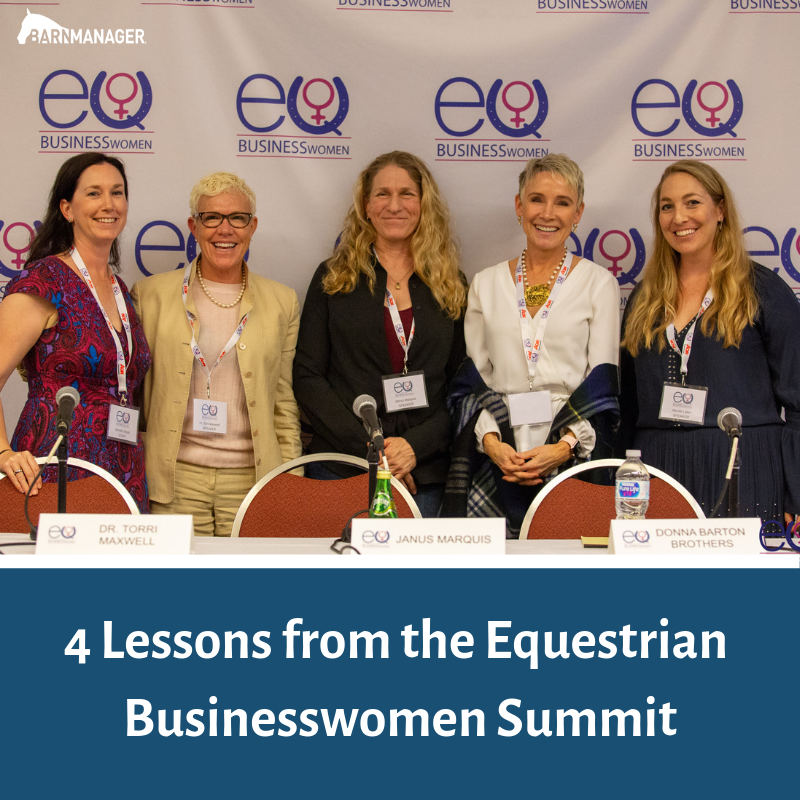
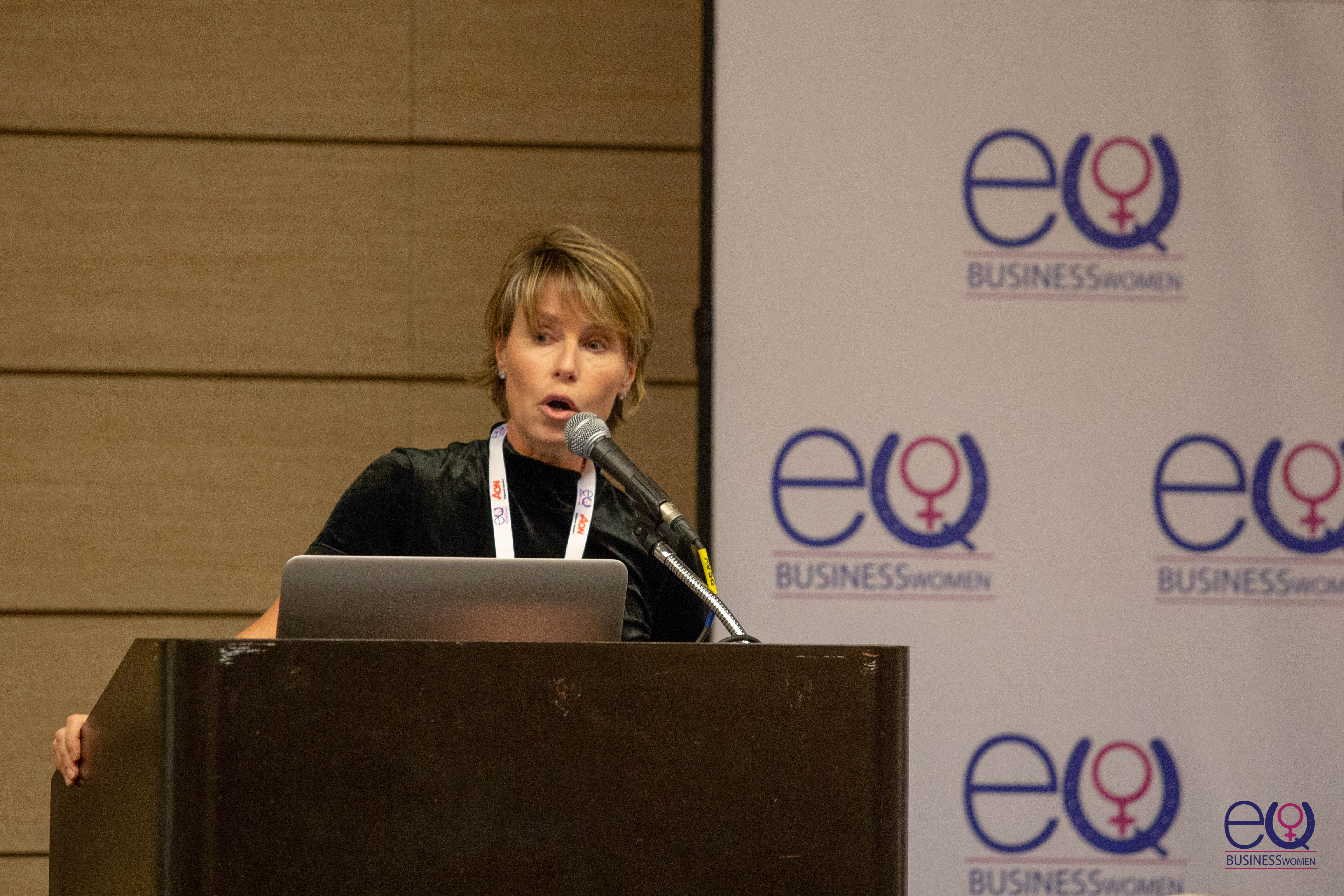 Many of the amazing women who spoke at the EQBW Summit have attained a great deal of success, but that didn’t come without challenge and adversity. The honesty and openness of many of these women lent itself to genuine and authentic conversations. We heard from Tracey Noonan, founder of
Many of the amazing women who spoke at the EQBW Summit have attained a great deal of success, but that didn’t come without challenge and adversity. The honesty and openness of many of these women lent itself to genuine and authentic conversations. We heard from Tracey Noonan, founder of 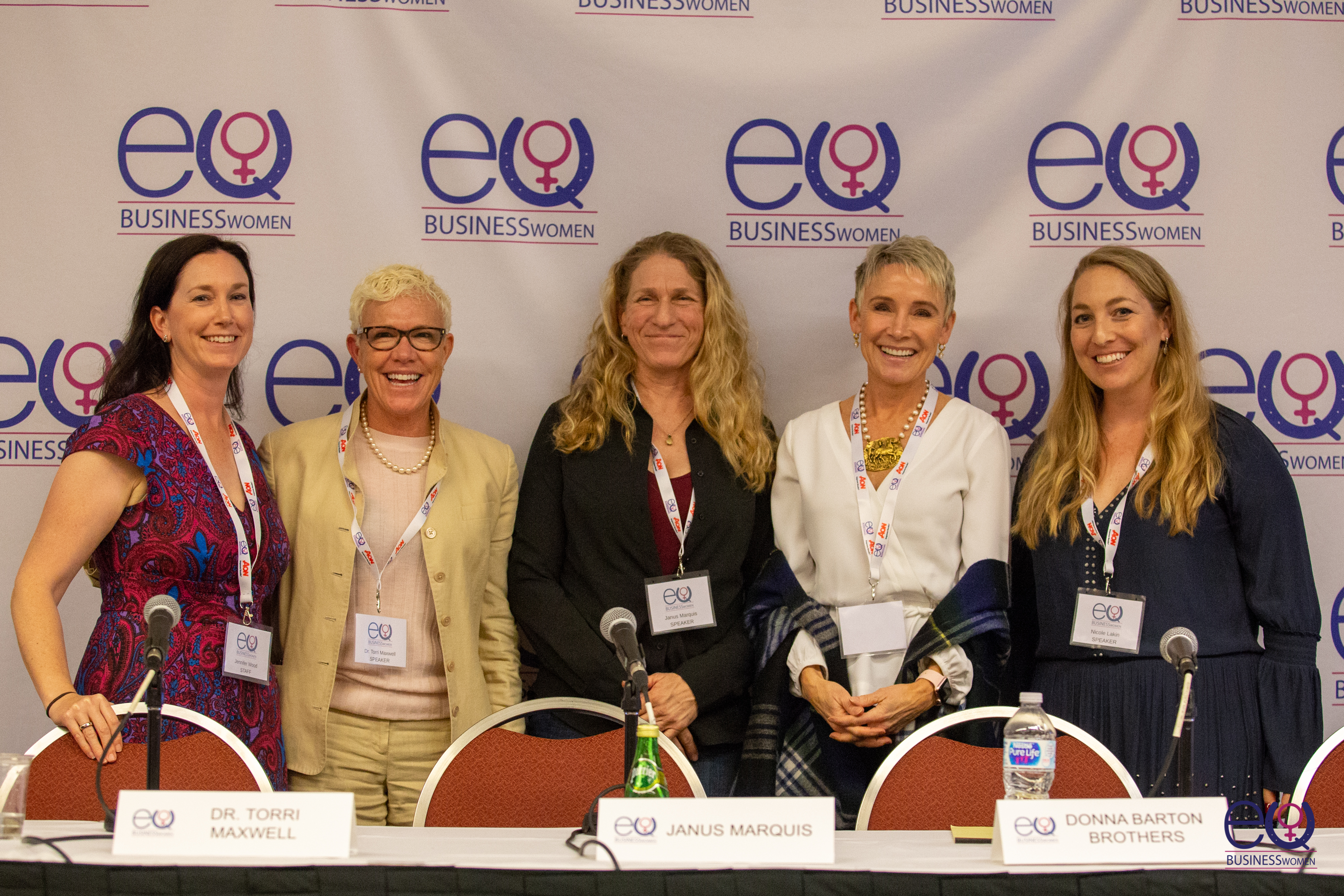
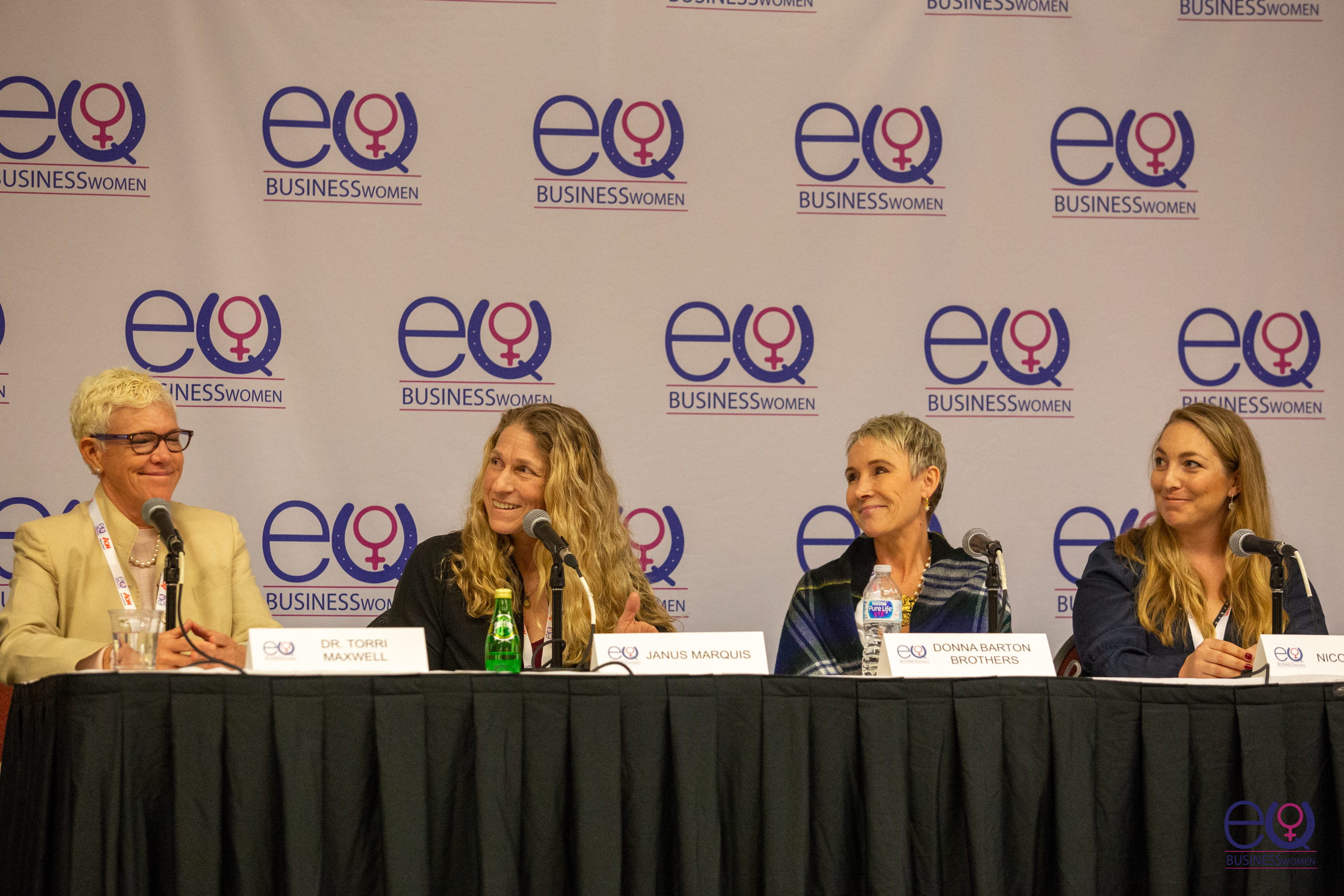
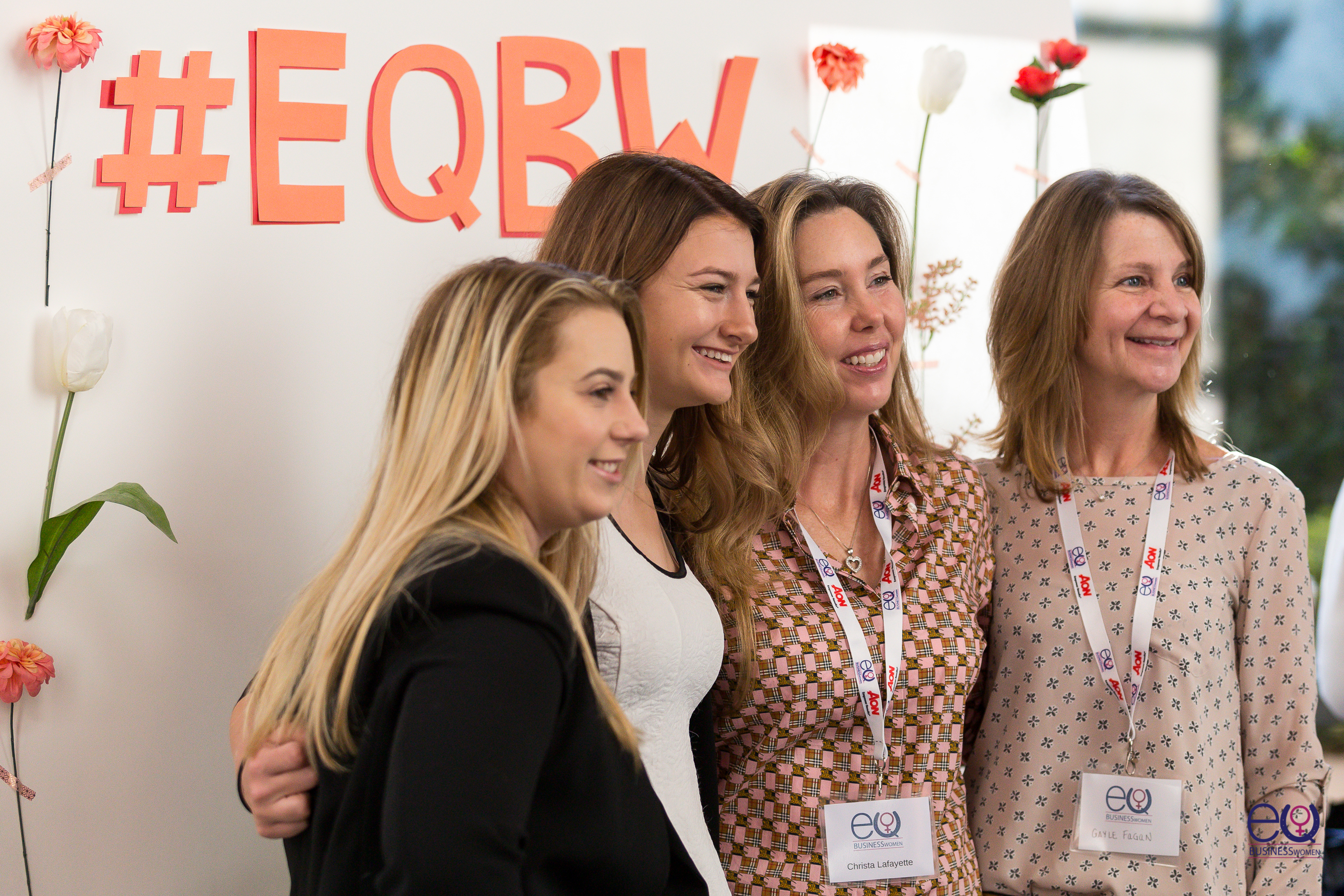
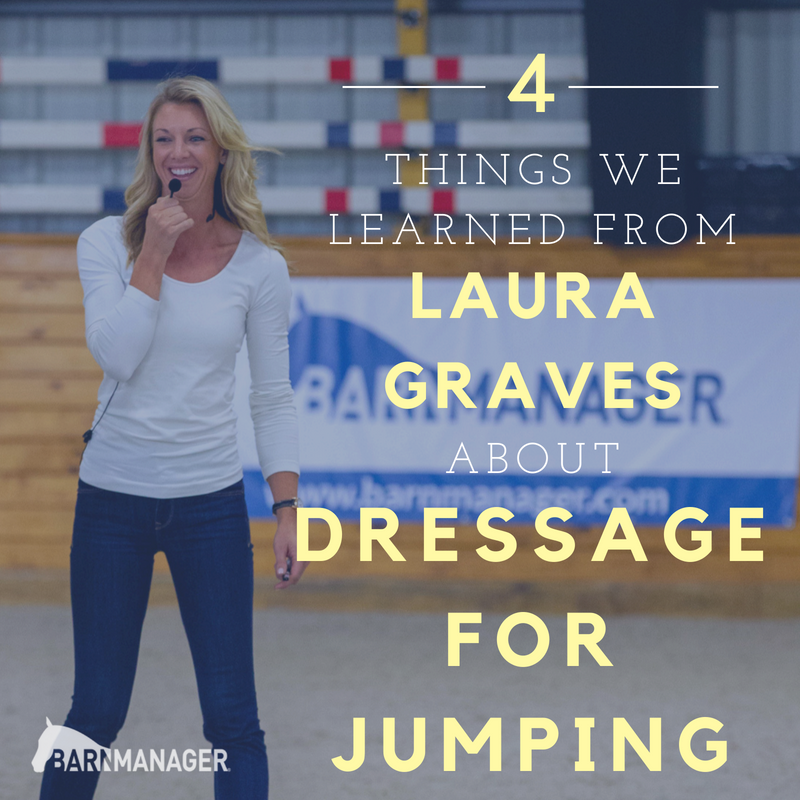
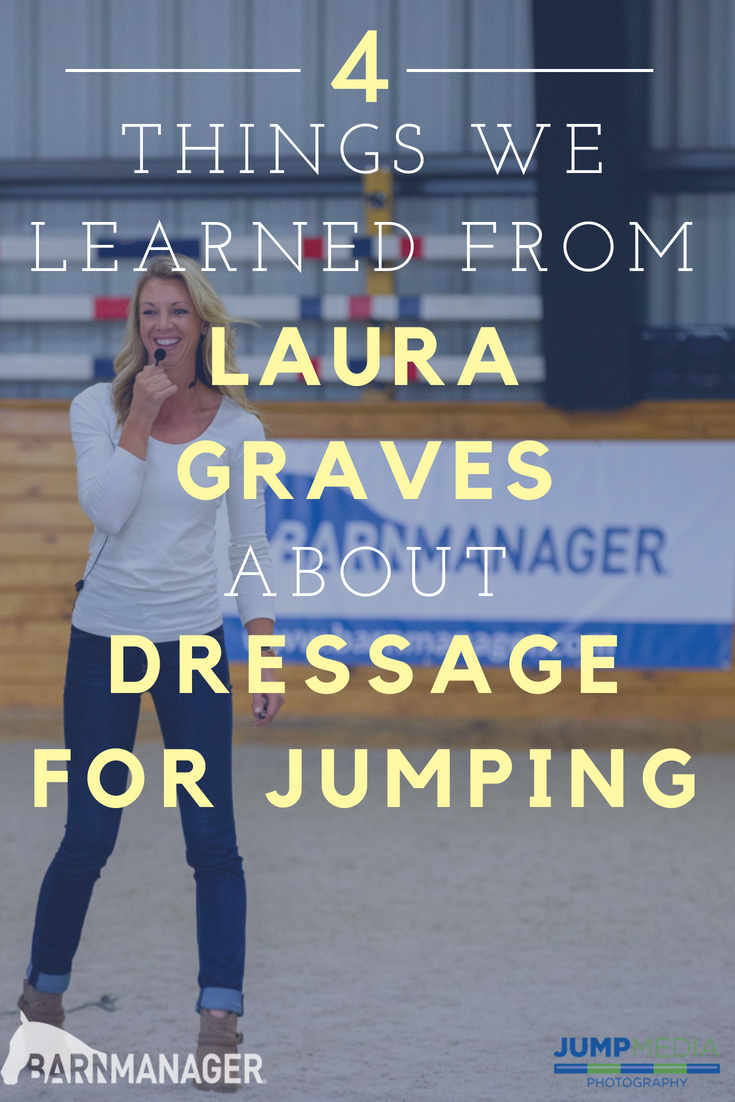 At BarnManager, we place a strong emphasis on the importance of ongoing education in order to become better riders and horsemen and women, and when it comes to furthering your dressage education, what’s better than learning from Laura Graves!?
At BarnManager, we place a strong emphasis on the importance of ongoing education in order to become better riders and horsemen and women, and when it comes to furthering your dressage education, what’s better than learning from Laura Graves!?